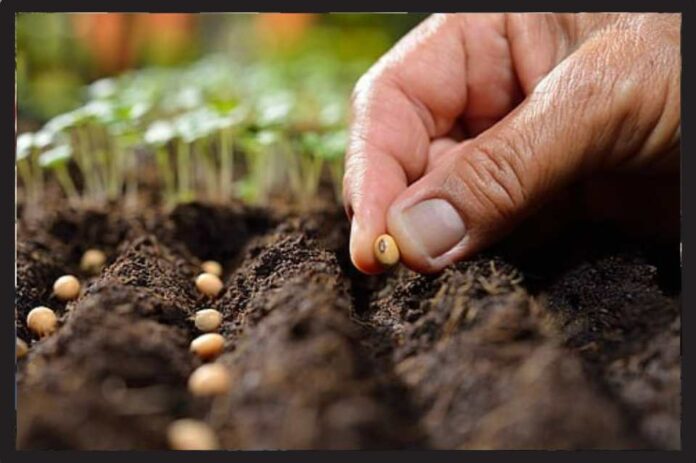(Per Griselda Acuna from Tellum, Confer – Argentine Network of Scientific Journalists).- in spite of the fact that Argentina has several banks that preserve both wild and cultivated plant species, the Germplasm Bank of Tropical and Subtropical Species (Bgctes).Generate last December in Corrientes, it already has more than 800 entries representing about 150 species and presents unique features in the NEA region.
Monitoring biodiversity conservation, the Bgctes collection of the Faculty of Agricultural Sciences of the National University of the East (UNNE) and the Institute of Oriental Botany (Ibone), which is a dual dependency of UNNE and Conicet.
The diversity of family plants and the joint work of the two organization make this bank unique in the country.
“First of all, there are so many different institutions working to conserve diversity, and in terms of conserved material, they are very representative, very representative of the range of organisms, we must add something new.Accumulating materials that will grow the diversity that already exists”, noted by Graciela Lavia, PhD in biological sciences at Ebon and Coniset researcher.
And he added: “Its ultimate goal is to achieve biodiversity conservation in the short, medium or long term, avoiding the loss of genetic diversity expected to environmental, physical, biological elements or human activities”, he said in a dialogue with Web-Trust.
Today in our bank, most of the elements comes from the territory of Corrientes, but there are also materials from other provinces that have been collected with the necessary permission, because each province has rights over its genetic resources”, analysed by the scientist.
concerning the process of germplasm collection and preservation of plant species, Lavia emphasized strict drying and airtight conditions to ensure long-term viability of seeds.
“Each plant group in our conservation bank has a specific method for collecting and preserving material,” he said.
“The most common method of germplasm preservation is by freezing the seeds. So that the seeds can be collected and dried properly and stored as long as possible. All seeds contain a certain amount of water in their composition.It should be minimized without losing any power. This means, the less water there is in the seeds, the longer the storage will last,” he explained.
For and usually to avoid rehydration of the material is done in the most possible hermetic containers, such as aluminum trilaminated envelopes, glass jars with hermetic lids. And according to the ingredients, storage is done at 5°C, i.e., refrigerator temperature for domestic use.Others can be keep in reserve at -20°C in freezer.
And he added: “All seeds are not the same and have differences in their morphology and physiology. The ideal is the evaluation of the material stored in the best condition, that is, the conditions keep in the seed.Preserving its effectiveness in the long term, so that, for example, if the extreme storage period of the seeds is five years, when those years have passed and those seeds have sprouts, we get the same percentage of normal plants as the original plant”, he explained
Collection of The Germplasm Bank has more than 800 specimens, seed collections, live collections in greenhouses, field and in vitro.It contains plant species from different families, making it a valuable resource for plant diversity and conservation of species of provincial, regional, national and global importance.
“There are 800 entries be elected by about 150 different species.” Lavia observed.
Species conserved in BGCT include flood and cultivated vegetable species: Arachis and Stylosanthes; Grasses: Paspalum, Andropogon; Varieties of cassava (Manihot esculenta), agui (Chrysophyllum gonocarpum) and orchids.
But the germplasm bank of Corrientes is not the only one: Lavia explains, “Many germplasm banks of about 20 regions belong to the National Institute of Agricultural Technology (INTA), and they work in different experimental stations and are especially committed to crops and rural relatives.Also, many universities and research centers in CONICET and other government institutions (national, provincial and municipal) are more focused on local plants in germplasm banks.
The researchers hing point the importance of developing such proposals in the face of the ongoing threats facing plants. “This plan is aimed at habitat degradation, environmental change, pollution,the growth of agriculture frontier, and especially in our region,long droughts or fires”; to return.
Emphasizes the importance of exchanging materials with other animals
Coniset and other artists from UNNE also participated in the writing commissions organized by BGCTES, such as Ricardo Medina, Andrea Brugnoli, Maria Hidalgo, Maria Laura Pérez, Paula Alaian Luis and Alejandra Ortiz




